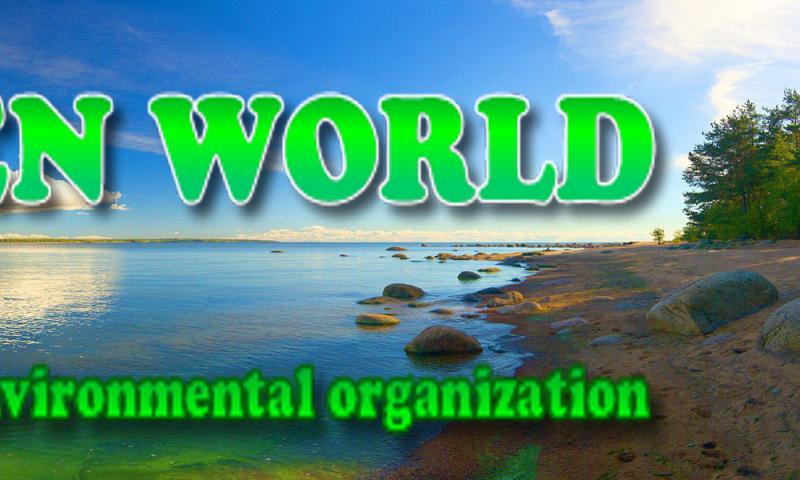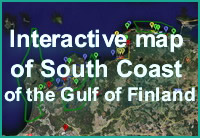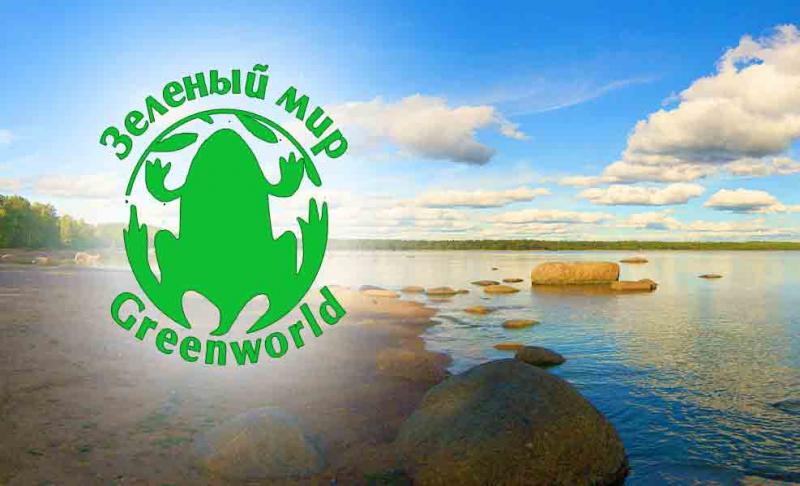
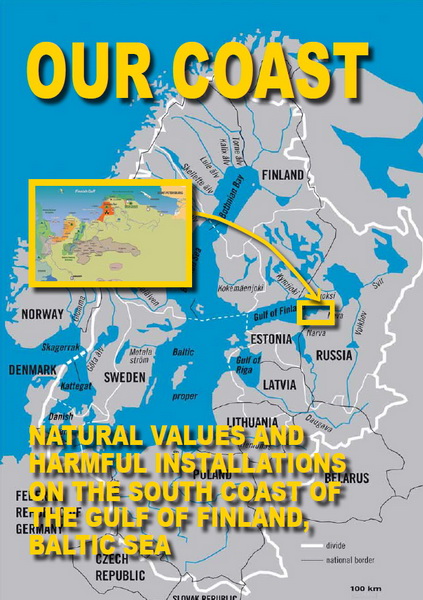 |
The South Coast of the Gulf of Finland |
|---|---|
| Natural Values and Harmful Installations |
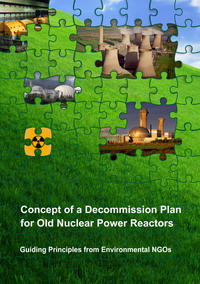 |
Concept of a decommission plan for old nuclear power reactors |
|---|---|
| Guiding Principles from Environmental NGOs |
Short description of the Leningrad nuclear power plant (LNPP-2) under construction and the site of its energy blocks in Sosnovy Bor, Leningrad oblast’, Russia
Storage of more than 35.000 spent fuel rods from LNPP, for which there is no economically or ecologically justifiable reprocessing technology. In effect this is more than 4.000 tons of highly radioactive nuclear waste, requiring isolation from environment for more than 100 thousand years;
Alexandrov Research Institute of Nuclear Technology with several military reactors from nuclear submarines;
The four units of new LNPP-2 with reactors VVER-1200 are planned to be built on the southern shore of the Gulf of Finland. Within a radius of two kilometers of this site are the following:
Leningrad NPP (LNPP) with the oldest active four uranium-graphite reactors RBMK-1000;
Storage of more than 35.000 spent fuel rods from LNPP, for which there is no economically or ecologically justifiable reprocessing technology. In effect this is more than 4.000 tons of highly radioactive nuclear waste, requiring isolation from environment for more than 100 thousand years;
Alexandrov Research Institute of Nuclear Technology with several military reactors from nuclear submarines;
Ekomet-S – the largest factory in Europe for smelting radioactive metal wastes, with a capacity of up to 10.000 tons/year;
Lenspetskombinat RADON – Northwest Russia Regional Radioactive Waste Storage with more than 60.000 cubic meters of medium and low-level radioactive wastes .
The distance from LNPP-2 to Hermitage Museum in St. Petersburg is 80 kilometers in the direction of prevailing winds, 70 km to Estonia, 100 km to Finland, 6 km to Sosnovy Bor, and 1.5 km to the Gulf of Finland.
The launch of the fourth unit of LNPP-2 is planned for 2015. At the same time the energy units of the old LNPP are planned to be decommissioned beginning in 2018. As a result, in 2015 Sosnovy Bor could become one of the largest places in the world in terms of concentration of nuclear and radioactively dangerous sites.
The Head of Rosatom announced that 6 energy blocs could be built at the LNPP-2 site.
In each unit there is one pressurized water nuclear reactor VVER-1200 with an electrical power of 1160 MW and a K-1200 turbine. The units efficiency of electricity production is 33.7%.
The four units of LNPP-2 will annually:
Generate electrical energy of approximately 33 billion kWh;
Emit into the atmosphere 2 x 105 GBq of radioactive substances;
Release into the Gulf of Finland the Tritium (3H) is 9.1 TBq and 0.27 GBq other radioactive substances.
With the launching of LNPP-2 four units, it is expected that a “significant (not more than 60-290 times) increase of Cesium-137 and 134 and four times increase of Tritium into the Gulf of Finland, as well as a two times increase of Tritium into the air” will take place (EIA, page 193).
The regional radiation and ecological monitoring is planned to be conducted by LNPP-2.
For cooling of the turbines condenser of the four units, 6 water-cooling towers of height from 150 to 170 meters and with diameters at the top of 75 to 87 meters.
Each day up to 200.000 tons of water from the Gulf of Finland will be emitted into the atmosphere through the cooling towers. This is the equivalent of the entire flow from the Kovash River in the city of Sosnovy Bor. This will lead to a salting of the ground within a distance of several kilometers, and also increase the deposition of radioactive substances on the city of Sosnovy Bor.
The spent fuel rods of LNPP-2 will be used left for 3 years to cool in basins near the reactors at each unit, and then sent to a reprocessing plant.
But such plant does not yet exist. A series of experts believe that it is economically and ecologically unreasonable to reprocess the spent fuel rods from lightwater reactors VVER type.
It has been declared that the new LNPP-2 will have a site for the reactors RBMK-1000 of the old LNPP. An accumulation of funds (billions of euros are needed!) for decommissioning the old NPP through the sale of nuclear energy. The decommissioning of the old LNPP will burden those future generations who have not used that electricity.
Oleg Bodrov
Mob. phone +7 921 74 52 631
www.greenworld.org.ru

